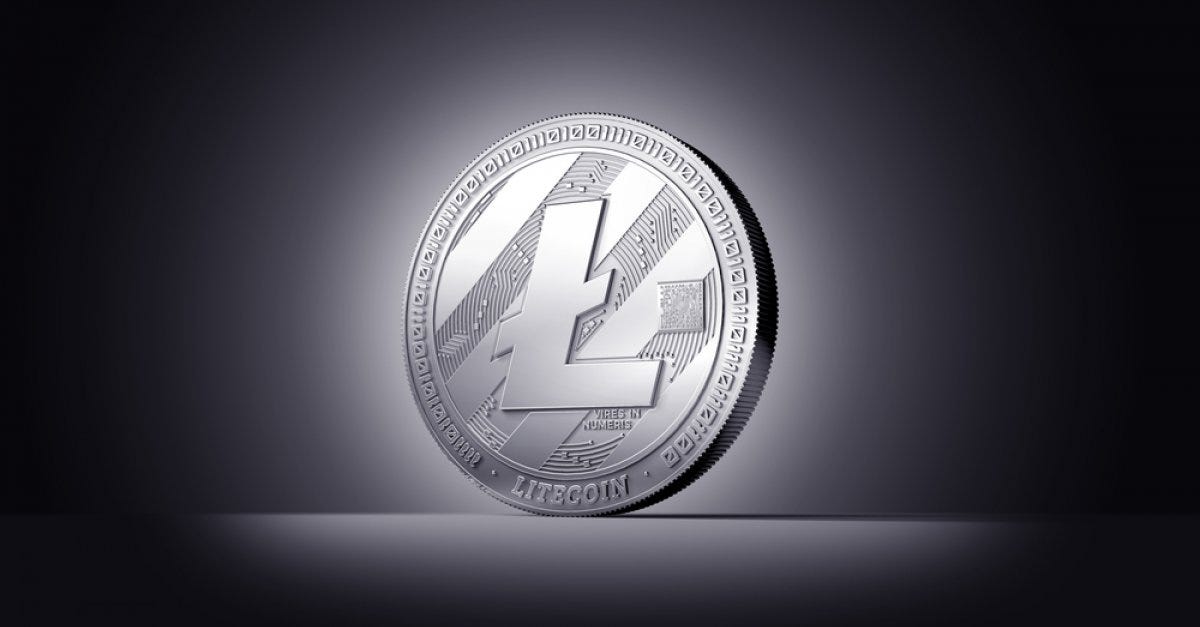
Footsteps of Bitcoin and CryptoCurrency Whales IV. - LiteCoin Whales
2020-07-07 | CryptoCurrency.org
Does Litecoin “have” the largest whales?
There is no end to the studies that are done to determine what percentage of cryptocurrency is owned by the different groups of whales. This study done by Clover concludes that the leading cryptocurrencies are still held by a small group of whales — they came to this conclusion by comparing the wealth distribution among the 140,000 non-exchange addresses of Bitcoin, Ethereum, Litecoin and Bitcoin Cash.

Does Litecoin “have” the largest whales?
Litecoin is among the top cryptocurrencies with the greatest wealth inequality. Only 189 addresses have assets that account for more than 50% of the total supply. The richest Litecoin address owns around 2.58% of all Litecoin. Clover concluded that as far as Etherum is concerned, only 322 “whale” addresses own more than 50% of all ETH, with Ethereum being the only leading cryptocurrency in 2019, whose wealth inequality increased by 13% in 2019.
63,842,239: THIS IS THE AMOUNT OF LITECOINS THAT ARE CURRENTLY IN CIRCULATION BUT MORE THAN HALF OF THAT SUM OF COINS HASN’T BEEN MOVED IN OVER A YEAR.
SPECULATION SURFACED THAT IT WAS THE WHALES THAT WERE HOLDING ONTO SUCH LITECOIN AND FED ON THE LOWEST PRICE.
The news that almost 2 billion worth of litecoin (40 million Litecoins) are no longer in motion as of January 2020 was highlighted by the Litecoin Foundation Director, Franklyn Richards who has said that most of the Litecoin in question seem to have been locked up from November to December in 2018. Speculation surfaced that it was the whales that are holding onto such Litecoin and fed on the lowest price.

“We know that at least 12M of these coins are held by Coinbase on behalf of its users. We are not aware of any other addresses listed being owned by other large services or exchanges although it is highly likely they are.” — said Ricahrds.
The wealth distribution is somewhat more favorable for Bitcoin Cash (BCH). A little more than 1,100 wallets hold more than 50% of the total supply. The richest Bitcoin address contains only 0.62% of the current circulation but for 50% of the total supply, as many as 4,545 wallet addresses would have to be owned by one person.
In the same study, Clover also found that 24 of the 100 largest tokens were majority owned by one address, almost always owned by the founder. However, as market capitalization increases, the inequality of distribution also tends to decline. Nonetheless, this can have severe consequences for the equality of the market: a few “whales” could undermine the decentralized principles of the individual blockchains and cryptocurrencies: “just as whales cause the most excitement in the oceans, some investors trade coins in such large quantities that they affect the value of the coin itself and possibly undermine the decentralized principles on which blockchains and crypto currencies are based.”
Lower liquidity and higher volatility mean that whales can make “bigger waves” on the crypto market. This could also explain the high volatility of the cryptocurrency market in 2019.

“Going back 2 years to the climax of the last bull market we can see that almost 15M Litecoin have remained inactive. Even looking to the start of 2017 from now, over 4M Litecoin have remained unmoving, while an unknown number are probably burned, the rest are likely in the unshakeable hands of early adopters.” — concluded director Franklyn Richards.
Enjoy reading? Please share:
Get the latest crypto news, updates and reports by subscribing to our free newsletter!






